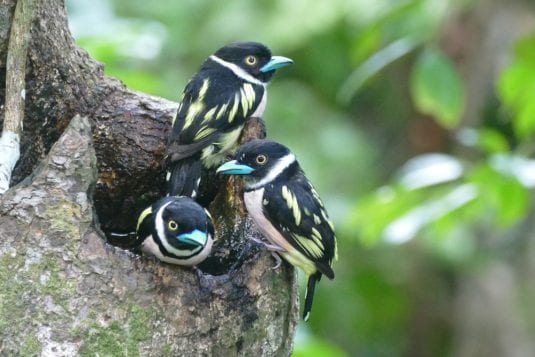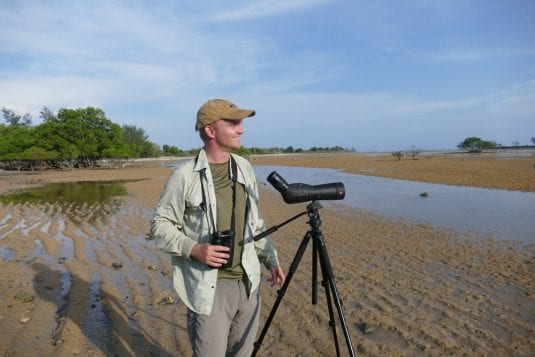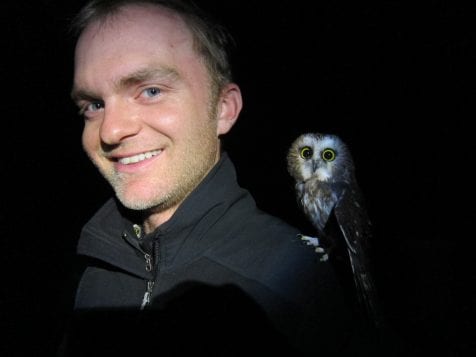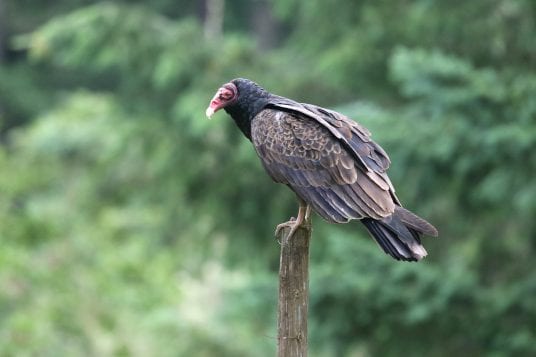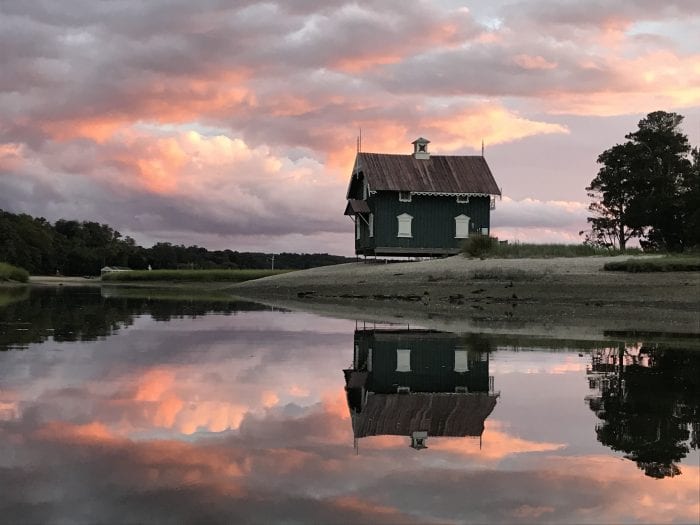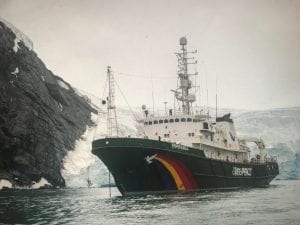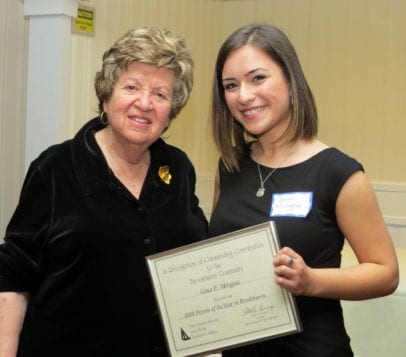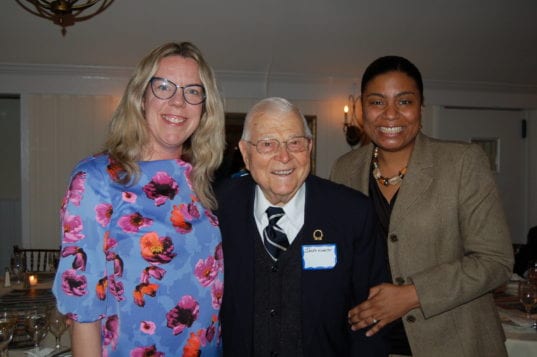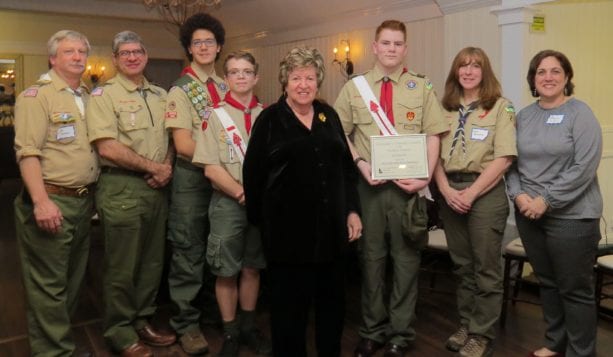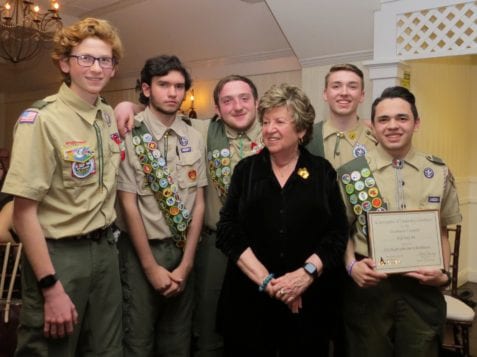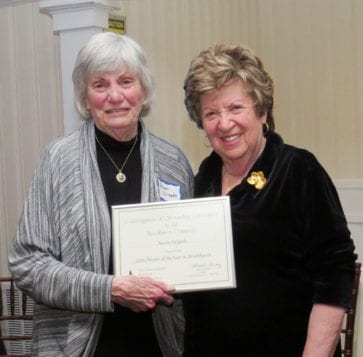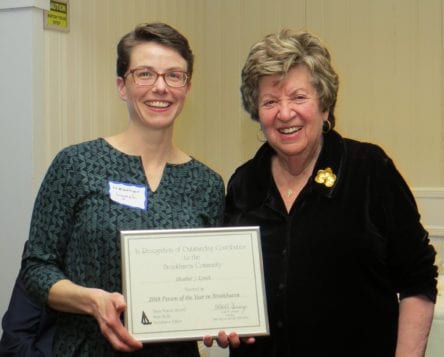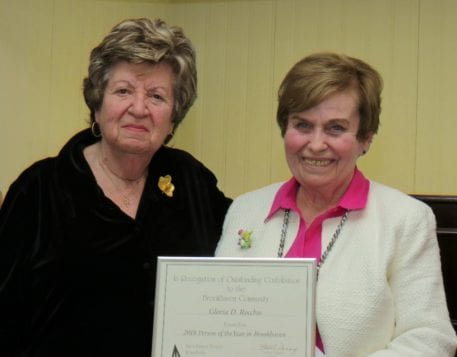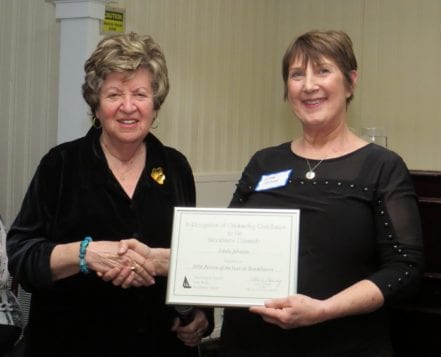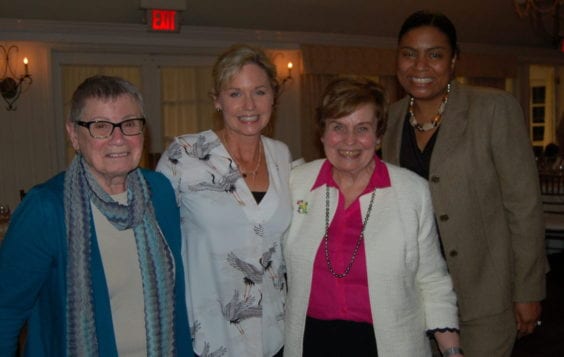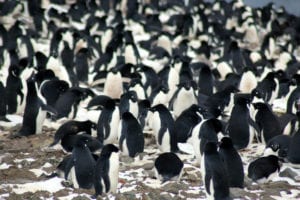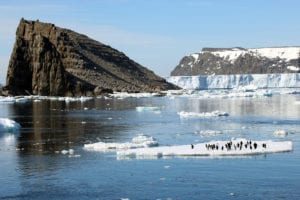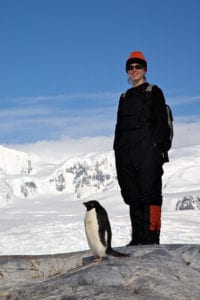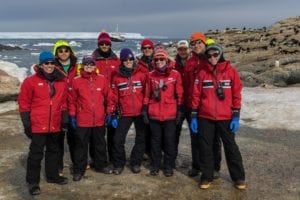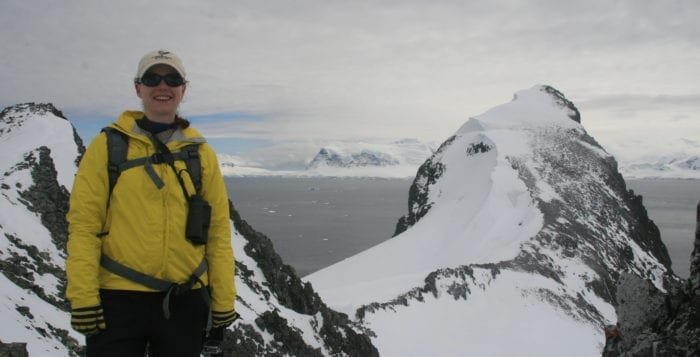Port Jefferson will likely be greener at this time next year, thanks to the efforts of 59 first graders at Edna Louise Spear Elementary School, their families and village trustees.
As a part of what Trustee Rebecca Kassay hopes will be an annual tradition, first graders will hear a talk in their class this Friday, April 29, on National Arbor Day, by Heather Lynch, IACS endowed chair of Ecology & Evolution at Stony Brook University. At that point, the students will also get coupons for free saplings of white oak, red spruce or winterberry shrubs.
The students and their families can plant the trees or shrubs in their backyards if they have space and clearance or at the Port Jefferson Country Club. The trees planted at the country club will not interfere with any golf games or other activities.
“We want to help foster that relationship between our young, upcoming stewards of Port Jefferson and the natural environment,” said Kassay, who spearheaded the project.
Planting trees will help offset losses incurred during storms and as some of the older trees die.
While sharing games like bird bingo, Lynch also hopes to speak with first graders about the role that native plants can play on Long Island.
“Planting trees is like a gift to their future selves,” said Lynch, who also described the effort as “paying it forward.” She hopes first graders see the role they play in Port Jefferson history by planting trees that will grow as they do and that will become a part of their enduring legacy.
While first grade students will receive saplings for free as a part of the project, Port Jefferson residents can also buy them for $1 at the farmers market on Sunday, May 8, while supplies last.
Kassay is describing the purchase for residents as a “dollar and a dream.”
Planting these trees will strengthen the ecology of the area, providing homes and food sources for local birds and insects and reducing runoff, Lynch added.
The trustees will invite the first graders, as well as community members, to help plant the tree nursery at the country club on Thursday, May 5, between 5 p.m. and 7 p.m., with a rain date of May 6. Residents can park at the country club and follow signage from The Turn restaurant to the tree nursery beyond the driving range.
Family response
For several families in Port Jefferson, this kind of effort validates their commitment and interest in the village.
Nadine and Richard Wilches moved to Port Jefferson last year with their 9-year old son Lucas and their 7-year old daughter Cecilia.
“One of the reasons we moved to Port Jefferson is to experience a closer-knit community that includes taking care of the environment,” Nadine Wilches said. “Planting this tree will be a learning experience.”
Cecilia, who is in first grade at Edna Louise Spear school, shared some of her awareness of trees.
Without trees, “there would be no air,” Cecilia said. “The tree eats carbon dioxide. We eat the opposite, which is air, so the tree does the opposite.”
Cecilia has learned some of what she knows about trees from the work her brother Lucas is doing on photosynthesis in his class.
Lucas was born on Earth Day and also appreciates the connection to preserving the planet, the mother said.
Wilches added that the family tries to be cautious about their carbon footprint and has a hybrid car and an electric car.
She appreciates that the school and the village are “reinforcing our home values around the environment.”
If Cecilia could ask a tree a question, she would want to know if it hurts a tree when it loses its leaves.
First grader Andrew Turner appreciates how trees provide a home for animals. He will join the group planting saplings at the country club, and wants to know how long it takes a tree to grow.
Andrew, who likes woodpeckers and who currently wants to be a paleontologist like his father, Alan Turner at Stony Brook University, enjoys jumping in leaf piles in the fall.
“The best time to plant a tree is 20 years ago, and the second best time is today.”
— Rebecca Kassay
Andrew’s mother Melissa Cohen, who is a graduate program coordinator in Ecology & Evolution at Stony Brook University, said she appreciates how this effort will help children in the school develop an understanding of trees and the benefits they bring to the community.Longer term, Lynch, Kassay and others hope the first graders who participate in this effort develop a connection to the trees they plant.
“We envision these kids growing up with their trees,” Lynch said. “It would be amazing if the kids could all take pictures with their trees now and we can [see] them taking pictures when they graduate high school as a rite of passage.”
Kassay said these trees offer numerous benefits, including lowering heating costs from the shade they produce, increasing property values and stabilizing the soil by soaking up runoff from storms.
“The best time to plant a tree is 20 years ago, and the second best time is today,” Kassay said.





